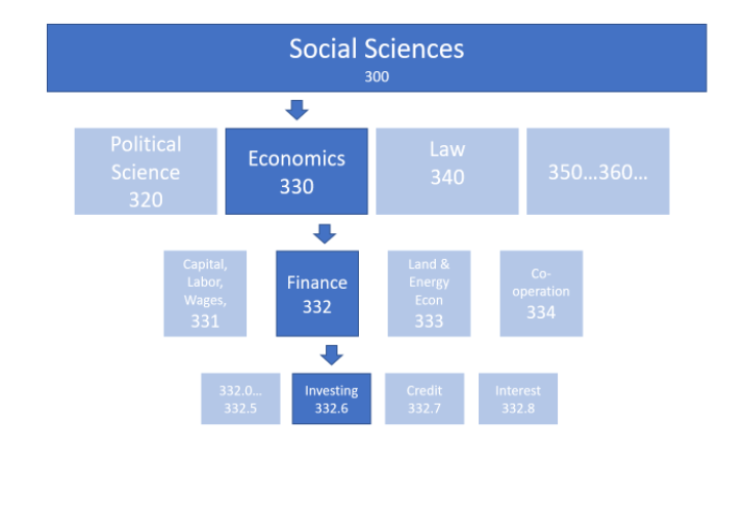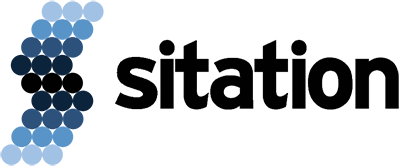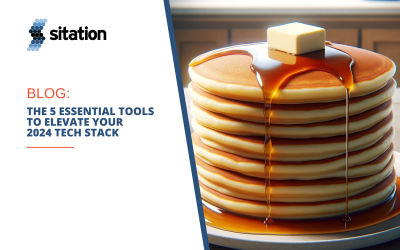As a savvy businessperson, perhaps you stop by the public library one day to check out a book on investments that a friend recommended. The librarian looks up the book, writes down a number on a slip of paper, and points you in the right direction. As you browse the shelves, trying to use the cryptic string of numbers to find the book you want, something begins to feel familiar. Taxonomy.
The Dewey Decimal System
The Dewey Decimal system is the most common library cataloging system, and it can offer insight into how to make the most of a taxonomy for product categorization as well. Just as businesses need to group products for organization, libraries need to file books in a way that is intuitive and user friendly. You don’t want to have to search through cookbooks and ancient literature or skim every title just to find something on the topic you’re interested in.
Taxonomy
Taxonomy is all about hierarchy. Group products by similarities, and products share more similarities on more granular levels of the taxonomy. Remember that this isn’t marketing. Imagine if the library grouped a cookbook about vegetables alongside a book about gardening and a memoir of a farmer. Yes, for marketing this might be a good strategy–and maybe a bookstore would have a special display for all of these books–but this shouldn’t be used for organization. In the same way, even if pens, notebooks, and rulers might be bought together, they should not be in the same node of an office supplies taxonomy.
The Connection
The Dewey Decimal System uses numbers to classify books by topic. The top level categories are things like Philosophy and Psychology (100s), Religion (200s), and Social Sciences (300s). Let’s go back to that book on investment that you’re looking for. In the level beneath Social Sciences, is economics, beneath that is finance, then investing. There it is! You find the book you are looking for. And right next to it, other books on investing, and on the shelves above or below, other types of finance books.

*Categorization becomes more specific on lower levels of the taxonomy.
Taxonomy categories need to be at least somewhat balanced to be useful. A taxonomy where 90% of your products live in 1 of your 10 categories is not going to be helpful or easy to navigate.
Dewey has faced major criticism in recent years, as the biases in his cataloging system create a multitude of headaches for libraries looking to broaden their collections. For example, categories within “Literature” include “English Literature”, “French Literature”, “German Literature”, and several other language- or region-specific categories, and then “All Other literature”. This final category is meant to contain everything from Africa, Asia, and the Middle East, as well as native languages from North and South America. Perhaps Dewey’s original library only had a few books from these parts of the world, but a quality library today will have a large collection crammed into one small category, making it more difficult to find what you are looking for.
In a product sense, a taxonomy like this makes data validation more difficult. Categories like “Other” or “Miscellaneous” don’t group products based on similarity, losing the value of categorizing in the first place.
Libraries now face the decision of either finding a new system that is more balanced and flexible, or continuing to plow ahead with one that often works against, rather than for them. Taxonomy should make organization simple and logical, and should fit your products. Dewey Decimal System is not flexible enough to be reworked as needs change, but a product Taxonomy can be. Over time, your assortment may change, and specific taxonomy nodes might need to change as well. Say a company started out selling mostly sofas and recliners, but had a few coffee tables and shelves as well. Their categories might be “Sofas”, “Recliners”, and “Hardwood Furniture”. But if they decided to shift to selling dining table sets, end tables, and wooden rocking chairs as well, “Hardwood Furniture” may be too broad a category. They might benefit more by splitting that category into “Tables” and “Chairs”. Your product Taxonomy isn’t set in stone. In fact, it’s beneficial to review and rework certain categories as products and company needs change.
While Dewey has its flaws, it has stuck around so long for a reason. The logic of the categorization is easy to understand. Similar books are grouped together, and the more granular you get, the more similar the topics are. A logical and intuitive product Taxonomy can make your business flow more smoothly and help everyone know where a specific product (or book!) can be found.
Please contact us for more on taxonomy and the services Sitation offers to assist you.
Links/sources:
https://en.wikipedia.org/wiki/List_of_Dewey_Decimal_classes#Class_800_%E2%80%93_Literature
https://www.slj.com/story/The-Trouble-with-Dewey-libraries
https://www.careharder.com/blog/systemic-injustice-in-the-dewey-decimal-system




